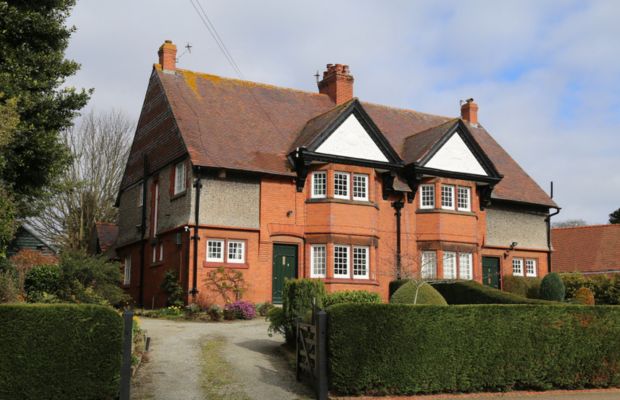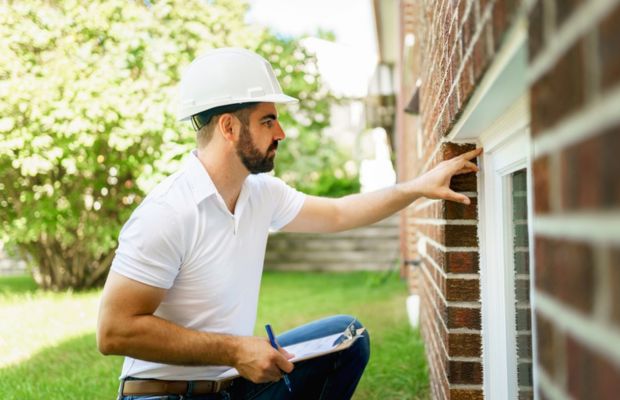Selling or buying a property is often made up of a complex web of transactions, negotiations and paperwork. For many buyers and sellers, understanding property chains is a crucial part of the process.
While a chain of buyers and sellers can complicate the moving process, things can still run smoothly with some careful planning and considerations. To prepare you for your next steps, here’s everything you need to know about property chains.
What is a property chain?
The term ‘property chain’ refers to the link between a number of buyers and sellers who all share the common objective of moving home. Each buyer or seller represents a link in the overall chain, starting from the first buyer right through to the final seller, and each link is reliant upon the other in order for their move to be successful.
These chains are formed when buyers and sellers are involved in a sequence of property transactions. For instance, if you are selling your home and also purchasing a new one, you become part of a property chain since the sale of your old home will fund the purchase of your new one.
This chain can extend further when the buyer of your property is also selling their own, creating a domino effect.
How do property chains work?
Property chains can be intricate and often involve multiple parties, making the buying and selling process more complicated.
Here’s a simplified explanation of how a property chain typically works:
Step one: Initiation
A property chain starts when a homeowner decides to sell their property and simultaneously buy a new one. They list their current property for sale while actively searching for a new home.
Step two: Offer and acceptance
When a buyer makes an offer on the seller’s property and the seller accepts it, the transaction is considered “subject to contract.” This means the buyer and seller have agreed on the terms but have not yet legally committed to the sale.
Step three: Search for a new home
The seller, who is now a buyer, searches for a new home to buy. This begins another property transaction, and the cycle continues.
Step four: Chain formation
If the seller’s purchase of a new property is contingent on the sale of their current one, a property chain is formed. This chain can grow longer as each transaction depends on the success of the previous ones.
Step five: Conveyancing and surveys
Each property transaction involves extra processes to keep everything legal and above board, such as conveyancing and property surveys. Delays to any of these can potentially disrupt the entire chain.
Step six: Completion
Once all parties in the chain are ready to proceed and all legal requirements are met, the transactions are completed, and the properties change hands.
What are chain-free properties?
A chain-free property occurs when the seller is not reliant on the sale of another property to complete the transaction.
Chain-free properties can be attractive to buyers because they can lead to a faster and more straightforward buying process, as there are fewer variables and potential delays involved.
What is meant by no upward chain?
Another term you may often come across when buying or selling a home is ‘no upward chain.’
This simply means that the person you intend to buy from has no plans to purchase a property themselves, which means you don’t have to wait for their transaction to go through.
How do property chains collapse?
The longer the chain, the more likely it is that it will break. It only takes one person to change their mind and pull out of their sale. In some cases, this can stall every transaction within that chain. The most common reasons for this happening are:
-
Someone changes their mind or their circumstances change.
-
There are issues with getting a mortgage.
-
The survey uncovers unexpected problems with the property.
-
A solicitor or legal firm takes too long to process the paperwork.
Related: What is conveyancing?
What to do if your property chain breaks
No matter how prepared you are, sometimes chain collapses are unavoidable. You can’t be responsible for the other parts of the chain – but you can take steps to protect yourself from the situation:
-
Contact your estate agent, conveyancing solicitor and mortgage advisor so that another suitable buyer can be found quickly.
-
Consider a short-term arrangement such as a rental property or staying with friends or family.
-
Maintain regular communication and don’t panic.
-
Speak to a mortgage broker about a bridging loan.
Thinking of buying or selling? Contact Martin & Co for help with your next move




